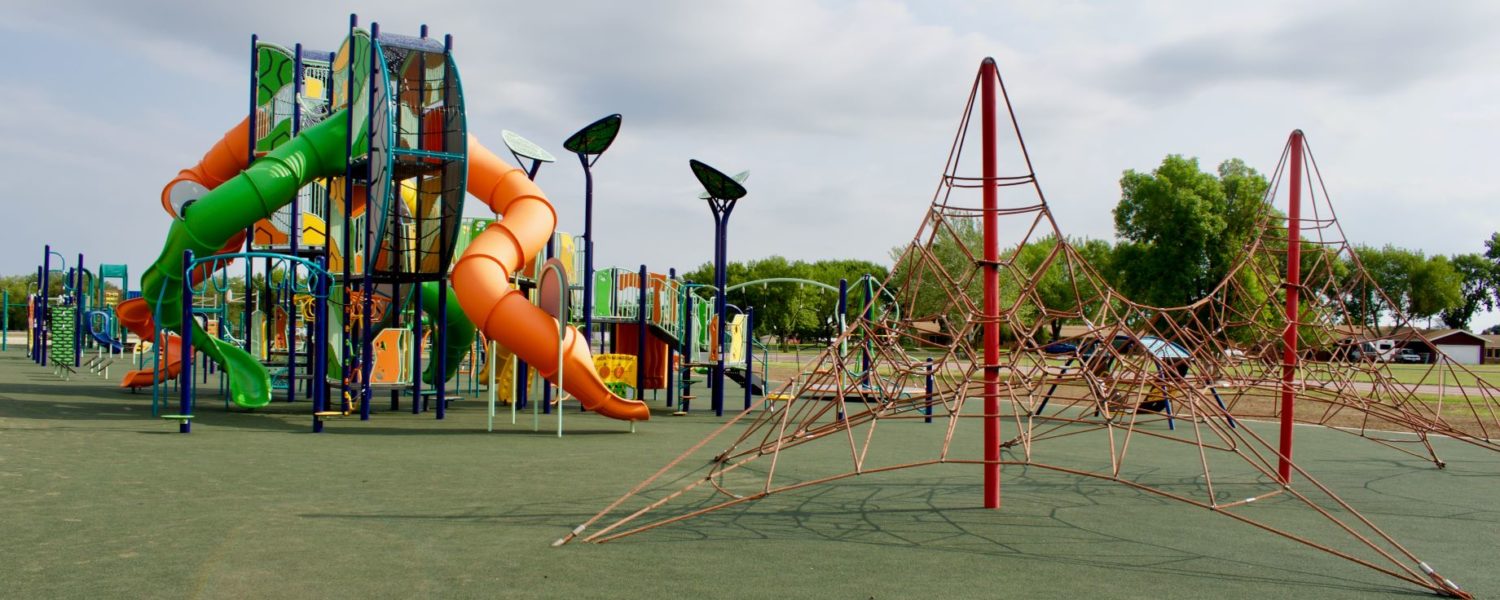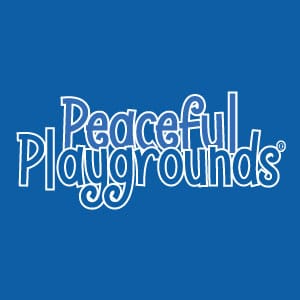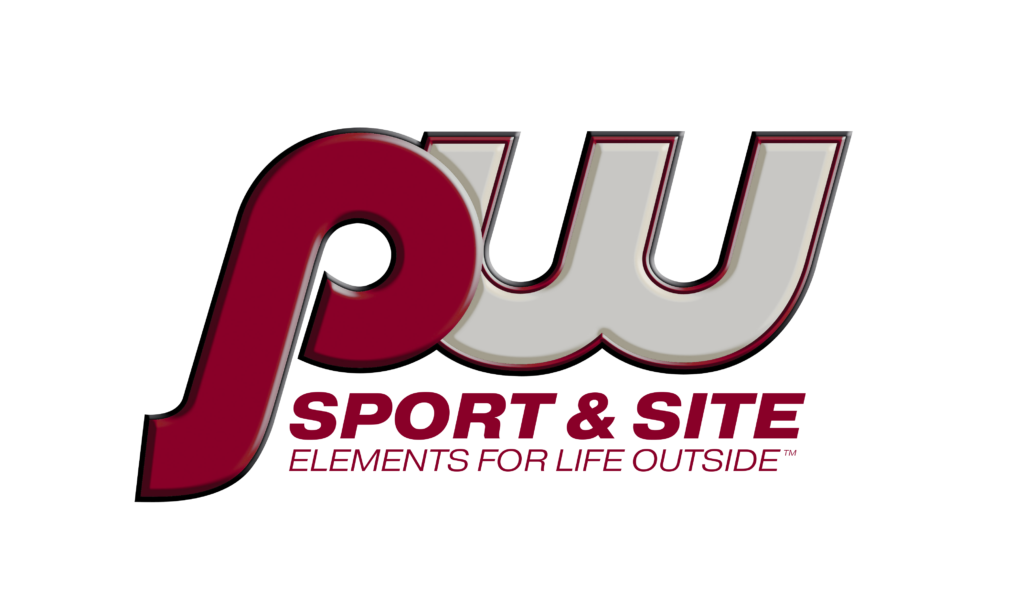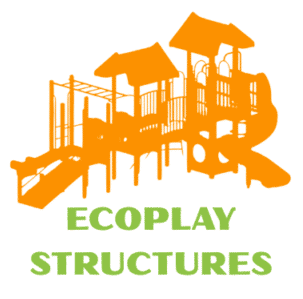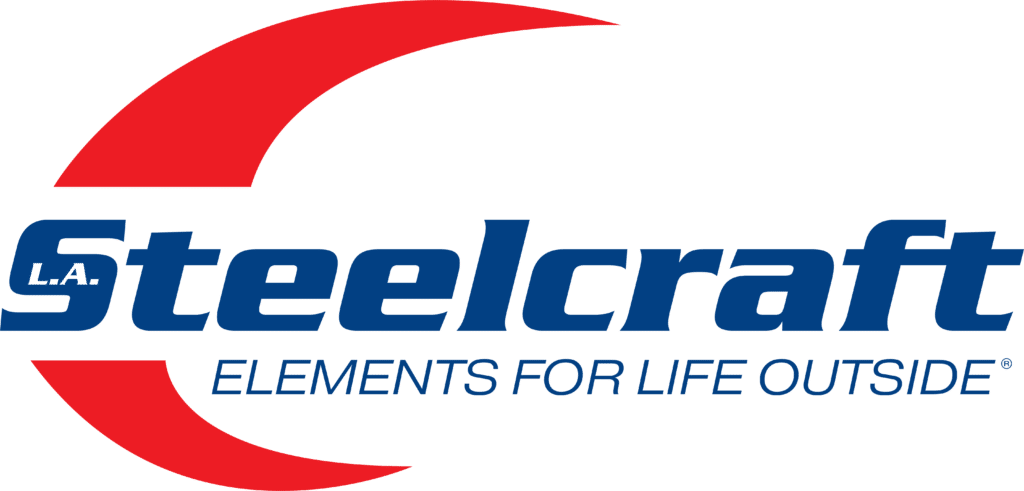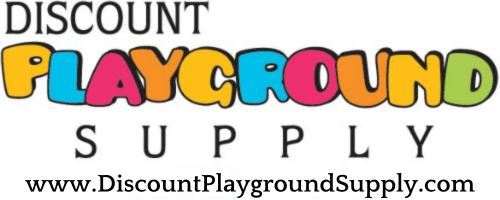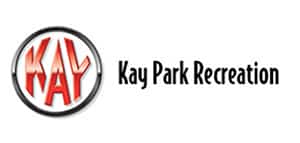By Marissa Bauer
Building, expanding, or refurbishing a playground for your school is always an exciting process. Often, we spend most of our thoughts and energy on selecting new equipment and colors. While equipment type and aesthetics are an important part of the conversation surrounding any playground renovation, it is critical to not overlook one of the most important and often forgotten aspects of the playground itself—the playground safety surfacing.
Even though playground surfacing is often an afterthought, it is one of the best ways to ensure the safety of the children on your playground. Utilizing an impact attenuating surfacing reduces the risk of a life-threatening head injury by 50% in comparison to a non-impact attenuating surfacing, like asphalt, concrete or dirt.
ASTM 1292 is the standard which playground professionals use to determine the appropriateness of a playground surfacing for a specific fall height on equipment inside of the event’s use zone. The fall height is the vertical distance between a designated play surface and the protective surfacing beneath it. The use zone is an area beneath and immediately adjacent to a play structure or equipment that is designated for unrestricted circulation around the equipment and on whose surface it is predicted that a user would land when falling from or exiting the equipment. All providers and manufacturers of playground surfacing should be able to provide you with a certificate of compliance and information regarding depth requirements for ASTM 1292.
In addition to ASTM 1292, ASMT 1951 is critical when making decisions regarding playground surfacing. This standard determines accessibility of surfacing systems under and around playground equipment by measuring the work required of a wheelchair to cross a surfacing. Compliance with this standard is the required by federal law for all public play spaces and is good practice to ensure children of all abilities can enjoy the playground at your school!
Now that you have an understanding of the why behind playground surfacing, we can begin determining the type of surfacing you’d like to choose. Playground surfacing generally falls into two categories: one being “loose fill” the second being “unitary surfacing.” Unitary surfacing is also called “solid surfacing” or “synthetic surfacing” and consists of surfacing types such as poured in place (PIP), rubber tiles and artificial turf. Each one of these surfacing types has a variety of positives and negatives but are universally thought of as “more accessible” when compared to their loose fill alternatives; however, they are frequently less resilient, and an increase in long bone injuries may be seen on playgrounds with these surfacing types.
Poured in place is the most common type of unitary surfacing material and is made of up of rubber components bound together using a polyurethane binder. Poured in place has two layers, the bottom layer made up of rubber shreds, is thicker and provides the impact attenuating properties of the playground surfacing. The top or wear layer is made of up small granules often in bright colors, which protect the lower layer and provide enhanced aesthetic value which can include designs and games embedded in the surfacing. Poured in place surfacing is more expensive than loose fill products but requires less day to day and annual maintenance. Beware that poured in place surfacing is not “maintenance free” and will need repair and maintenance over its lifetime. Those costs should be considered when comparing lifetime costs associated with the surfacing.
Rubber tiles are another type of unitary surfacing and are similar in composition to poured in place; however, they are manufactured and shipped to the playground owner in pre-formed squares, which are then glued to a concrete base. Tiles may seem like an easier product to install and maintain; however, they often lift and gap, causing tripping hazards throughout the playground. Tiles should only be installed over a concrete base, which increases the overall cost of the product.
Artificial turf is the newest type of playground surfacing. Similar to the product that is popular on athletic fields, this product is a multi-layered system that includes a stone base, cushioning or padded layer, grass carpet and finally a sand or rubber infill. The lifespan of this product varies and is a true example of “you get what you pay for” when it comes to the installation, which must be done by an experienced professional.
Loose fill surfacing is a more traditional playground surfacing and consists of products like engineered wood fiber (wood chips), rubber mulch and pea rock. Loose fill surfacing is the most popular surfacing type because it is often the most cost-effective surfacing option, and some types have superior shock-absorbing qualities when compared to their unitary alternatives. Like unitary surfacing types, each loose fill types have advantages and disadvantages. All loose fill types will require ongoing maintenance (daily, weekly and annual) and a proper drainage base. Because loose fill surfacing is easily displaced, mats under high traffic areas such as swings, slide exits and spinners are always recommended.
Engineered wood fiber (EWF) is the most common type of loose fill surfacing used today. The quality of an EWF product can vary greatly, and a number of questions should be asked prior to purchasing the product. Many products are made using “whole tree chips,” which includes the bark, twigs and leaves of the tree, which can contribute to premature decay in the surfacing product. In addition, it is important to inquire about the species of tree used in the product. Certain types of trees are more likely to mold and rot than others, basswood and poplar score poorly for outdoor durability whereas surfacing made from tamarack or cedar will last much longer.
Rubber mulch may seem like a no-brainer alternative to EWF because it will not deteriorate over time. While it may not break down in the playground, when the rubber is tracked outside of the playground, it can become quite a mess and won’t disintegrate into the surrounding soil the way a wood chip will. Because all loose fill surfacing will track outside of the playground, rubber mulch will also need to be topped off from time to time. Additionally, rubber mulch is manufactured from recycled tires, which can contain metals and chemicals that could be hazardous to children.
In conclusion, when choosing a playground surfacing system, consider the age groups of the students, budget and maintenance requirements of each type. Unitary surfacing is a great option for children who are small and may ingest small particles of loose fill surfacing. Loose fill surfacing has great impact attenuation characteristics and is a budget-friendly choice for larger playgrounds with good access for easier maintenance. Whichever surfacing you choose, be sure to request copies of compliance with ASTM 1292 and ASTM 1951 for your records.
Marissa Bauer is president and owner of SafetyFirst Playground Maintenance, a Minnesota-based company offering schools and parks with playground maintenance products and services, www.safetyfirstplayground.com.


